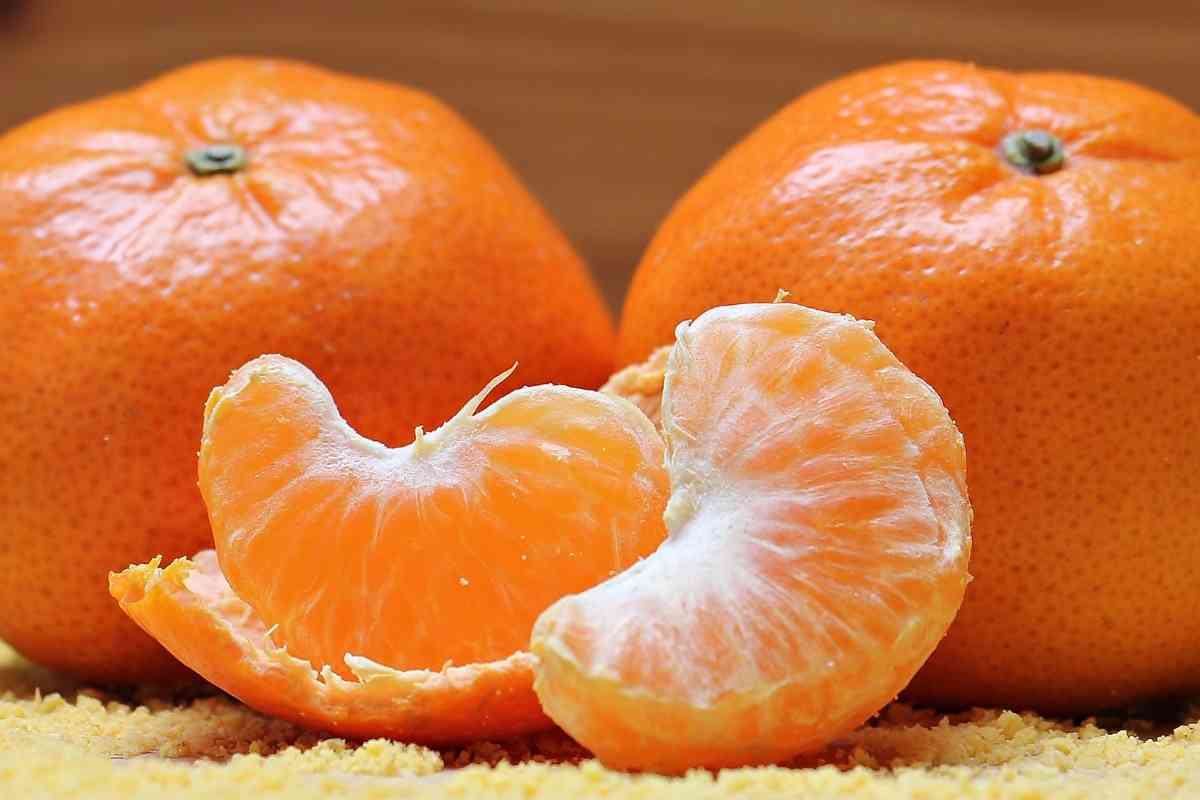Can Puppies Eat Tangerines? Is Citrus Safe For Puppies?
Tangerines can be a healthy and refreshing snack for humans, but dog owners might want to know if puppies can eat tangerines. If you have a puppy, you might want to feed your puppy foods like tangerines that are known to be affordable, tasty, and nutritious.

Can Puppies Eat Tangerines?
Puppies can eat tangerines if they are cut into bite-sized pieces, eaten in moderation, and have their peels and seeds removed. Due to the sugar content in tangerines, puppies should eat no more than a segment of tangerine per day.
Tangerines and other oranges are a source of vitamin C, vitamin A, fiber, potassium, and other nutrients that can be good for puppies.
Since tangerines might be too sour for some puppies to eat, it’s important to let your puppy try a little before giving them a larger serving.
Is It Safe For Puppies To Eat Tangerines?
You can rest easy knowing that tangerines can be fed to your puppy as long as they are prepared properly and eaten in moderation.
If you’re in a location with limited access to dog food, it’s good to have non-traditional food options to feed your puppy.
Tangerines are rich in nutrients and relatively easy to find at supermarkets and other stores.
You can generally find tangerines alongside other citrus fruits such as lemon and limes.
Unlike lemons and limes, tangerines tend to be much less sour due to its lower citric acid content.
When eaten in moderation, a tangerine can be a delicious snack for your puppy that may also be beneficial to your puppy’s health and development.
Can It Be Dangerous For Puppies To Eat Tangerines?

Though some puppies can eat a large variety of foods, it’s important to understand what foods can harm your puppy before feeding them too much of a certain food.
Though tangerines are less sour than many other citrus fruits, you should be careful when feeding them to your puppy for the first time.
Some puppies may be able to tolerate tangerines, but your puppy may have allergies to tangerines or just not like the taste of it.
Even if your puppy is not allergic to tangerines, feeding them foods they don’t like could upset their stomach and make them sick.
The tangerine skin is much more dense and difficult to chew compared to the flesh of the fruit.
The skin can be dangerous for your puppy to put in its mouth since it’s often considered a choking hazard.
Though a tangerine’s skin is generally thought of as safe for humans to eat, the skin is known to contain toxic substances that can be dangerous for a puppy to eat.
The white layer under a tangerine’s skin that touches the flesh of the tangerine may also contain traces of toxic substances.
Parts of this layer, which is called the pith, might also be present on the tangerine flesh after it’s peeled.
To prevent your puppy from eating too much of the pith, you should try to scrape as much of the pith off the flesh as possible before feeding the flesh to your puppy.
When it comes to feeding your puppy, fresh tangerines should not be substituted with packaged tangerine juice.
Though many fruit juices might taste similar to raw fruits, raw fruits and juices are typically not the same.
Fruit juices tend to be highly processed and contain higher amounts of sugar than raw fruit.
Feeding your puppy too much sugar can make your puppy develop an illness such as diabetes.
Dogs that already have an illness may develop further health problems by consuming too much sugar or other ingredients in fruit juices.
Though it might be fine to feed your puppy packaged dog food, you should stay away from processed foods with additives that can be harmful to your puppy.
Humans and dogs have nutritional requirements that don’t always cross over, so you should be careful when feeding your dog human food.
It’s easy to think a dog will like the foods you enjoy eating and can easily digest.
A dog’s digestive system and overall biology are obviously not the same as a human, so a puppy may not be able to process foods the way a human can.
If your puppy doesn’t seem happy with eating tangerines, the potential health benefits a tangerine can provide may not be worth it for your puppy.
Though tangerines can help to prevent constipation and improve other digestive and general health issues, you shouldn’t get carried away and overfeed your puppy.
Your puppy may not stop eating when its stomach is full, which can make it hard to tell when you should stop feeding it.
Puppies may not only want to eat because they’re hungry, they may also want to eat to entertain themselves.
This may be particularly true with new foods that have textures and smells they’ve never come across before.
Since a tangerine looks similar to a ball toy, some people might think it’s fine to let their puppy play with an unpeeled tangerine.
You should use caution when letting your puppy play with an unpeeled tangerine as your puppy might tear it open with their paws or teeth.
If a puppy is playing with a tangerine long enough, it might be able to dig into the tangerine’s skin and pull it back to expose the flesh.
Your puppy might be tempted to eat a large amount of the tangerine with the seeds inside, which can be very harmful to their health.
How Do I Prepare A Tangerine For My Puppy To Eat?
When selecting a tangerine to buy, you should look for tangerines that have a solid bright orange color and are firm to the touch.
Tangerines that have dark spots or are unusually soft when you squeeze them might be spoiled or not ripe enough for your puppy to eat.
If you are not sure if a tangerine is acceptable to buy, you can ask a worker in the produce section for their opinion or have them pick out a tangerine for you.
The most common way I like to prepare a tangerine for my puppy is to peel it with my hands and then pull the segments apart.
If a tangerine is firm, you should be able to split the segments in half or even smaller pieces with your fingers.
To remove seeds from a tangerine segment, you can slide your fingers from the thick side of a segment to the thin side until the seeds pop out.
Though seeds are often near the thin side of a tangerine segment, they will sometimes be in the fleshier part of the tangerine.
To make sure your puppy doesn’t eat any seeds, you should closely look at all parts of a tangerine for seeds.
Tangerine seeds are usually bunched up near each other, but some seeds can be hidden deep where they are farther from other seeds and harder to see.
Though it’s a good start to follow general guidelines for feeding puppies, you should pay close attention to how your puppy reacts when it eats foods like tangerines.
When feeding your puppy a tangerine for the first time, you should try to feed it a small piece of tangerine by itself.
If you mix the tangerine with other foods, your puppy might not be able to distinguish the taste of the tangerine.
If your puppy can’t taste the tangerine, it can’t give you adequate feedback on whether it likes the taste of it or not.